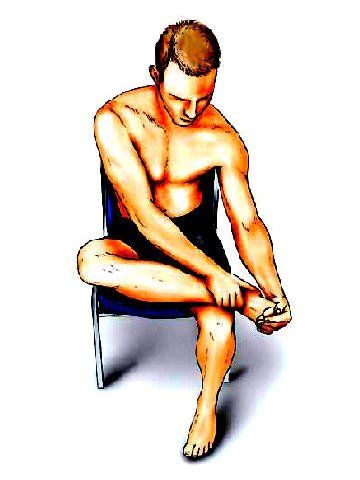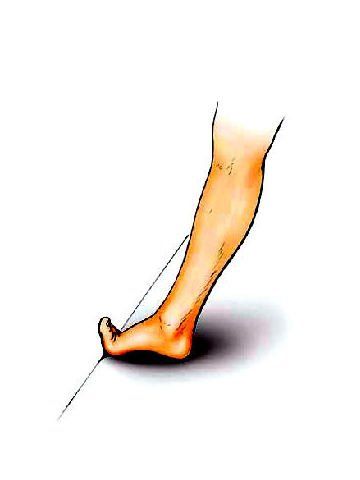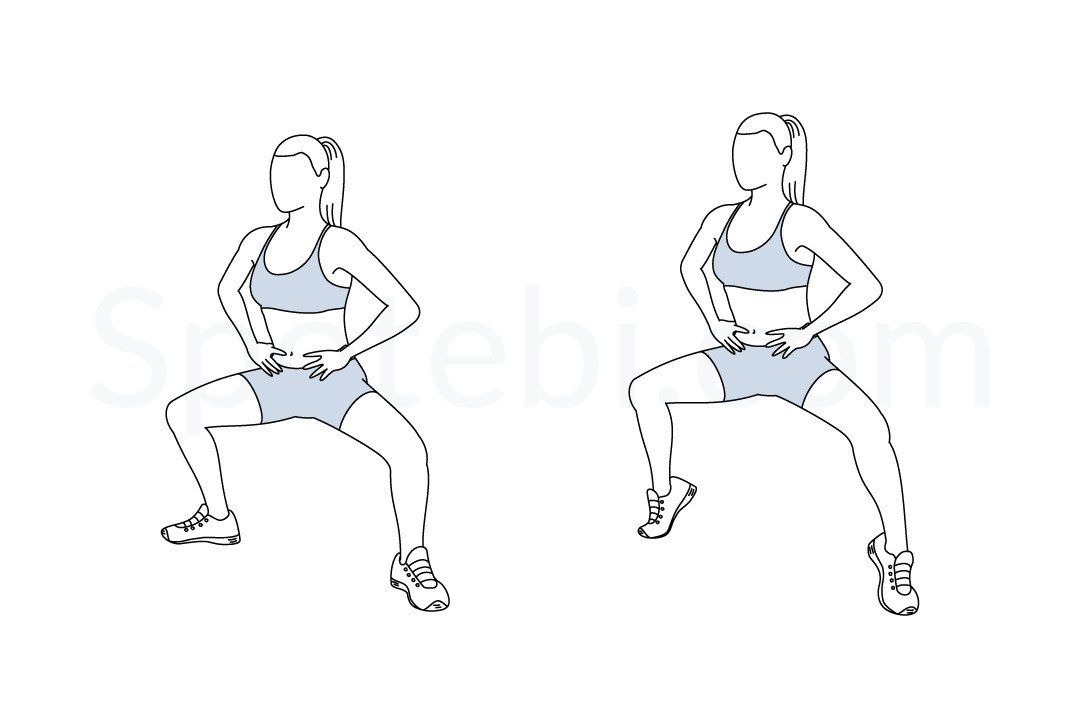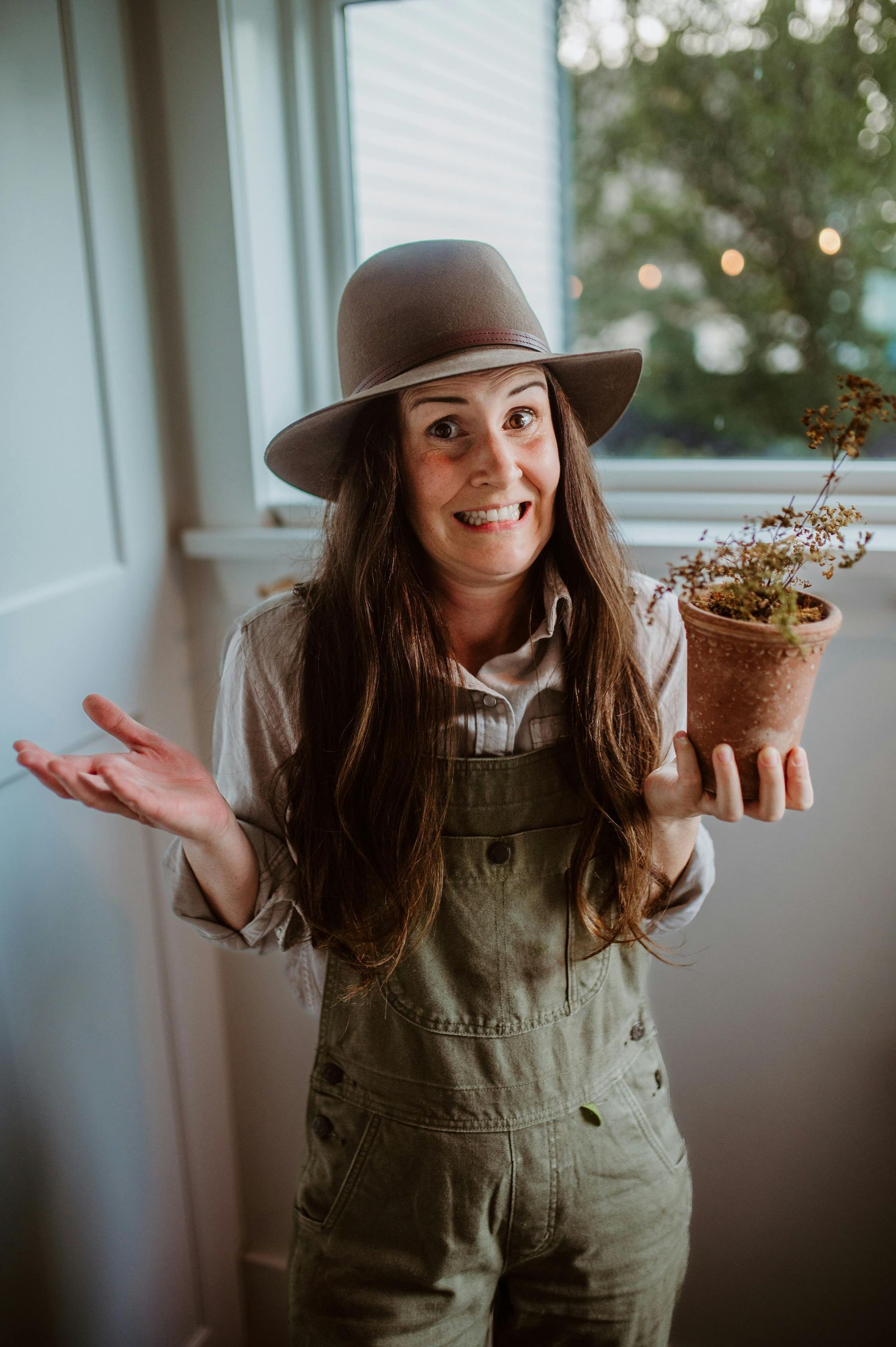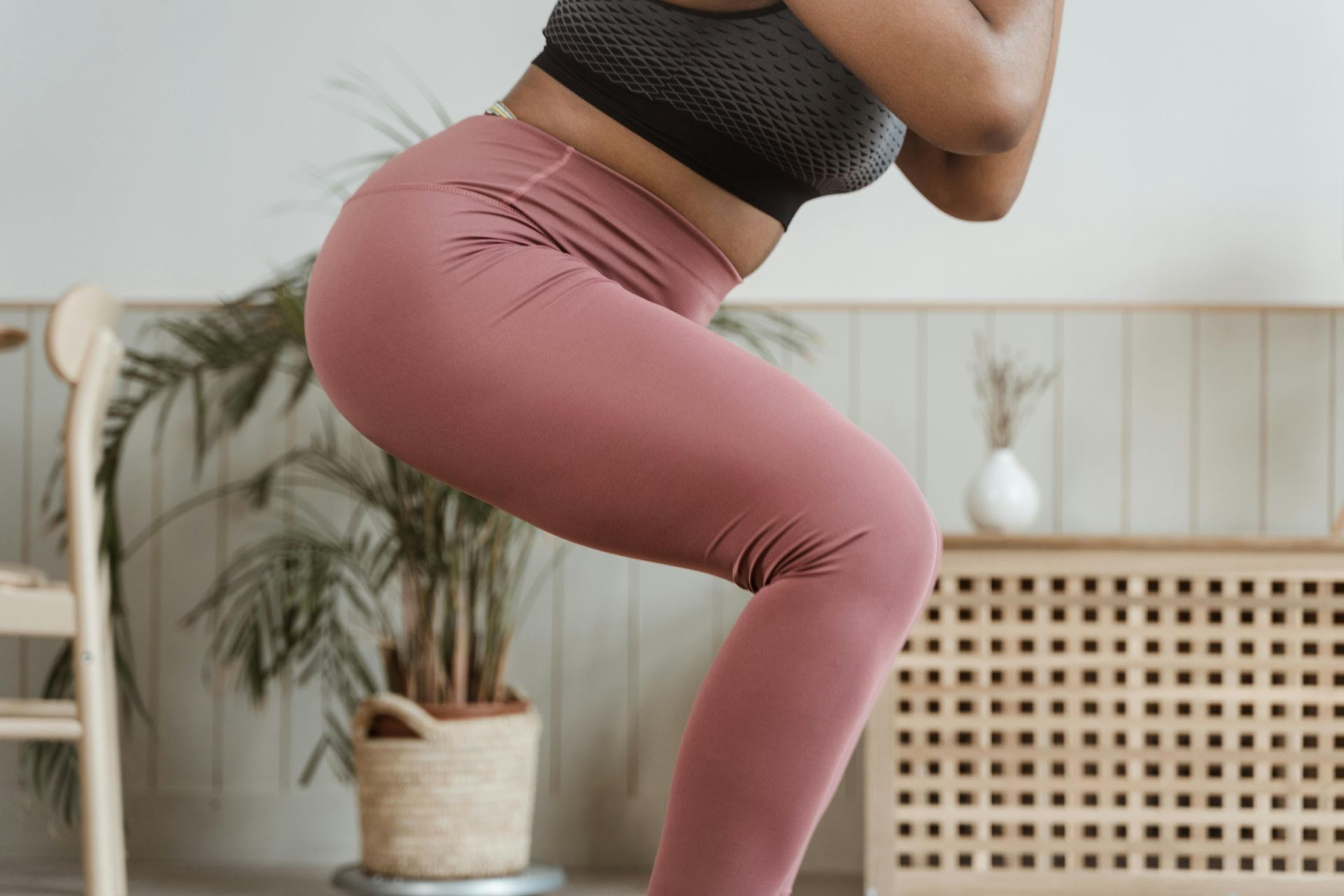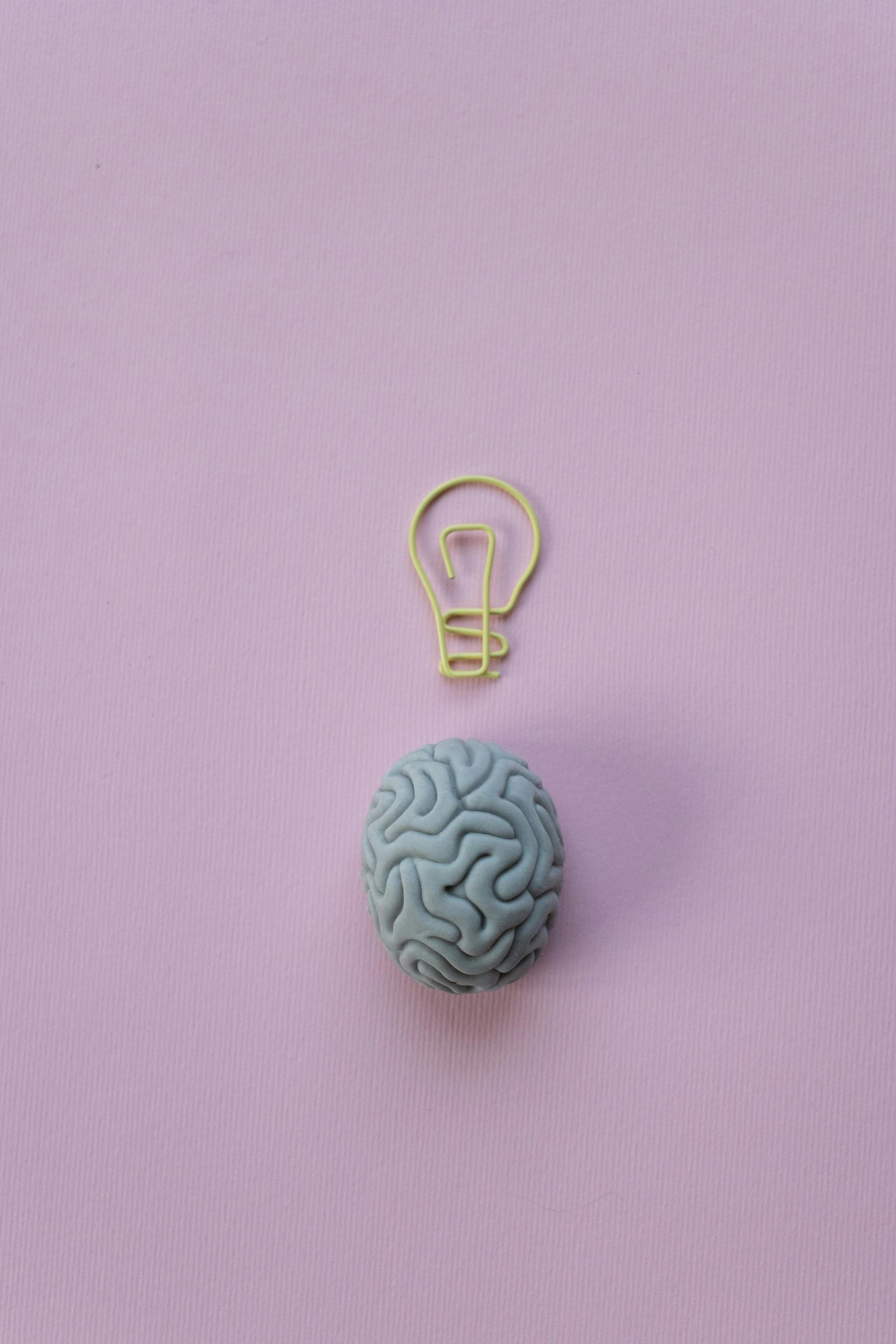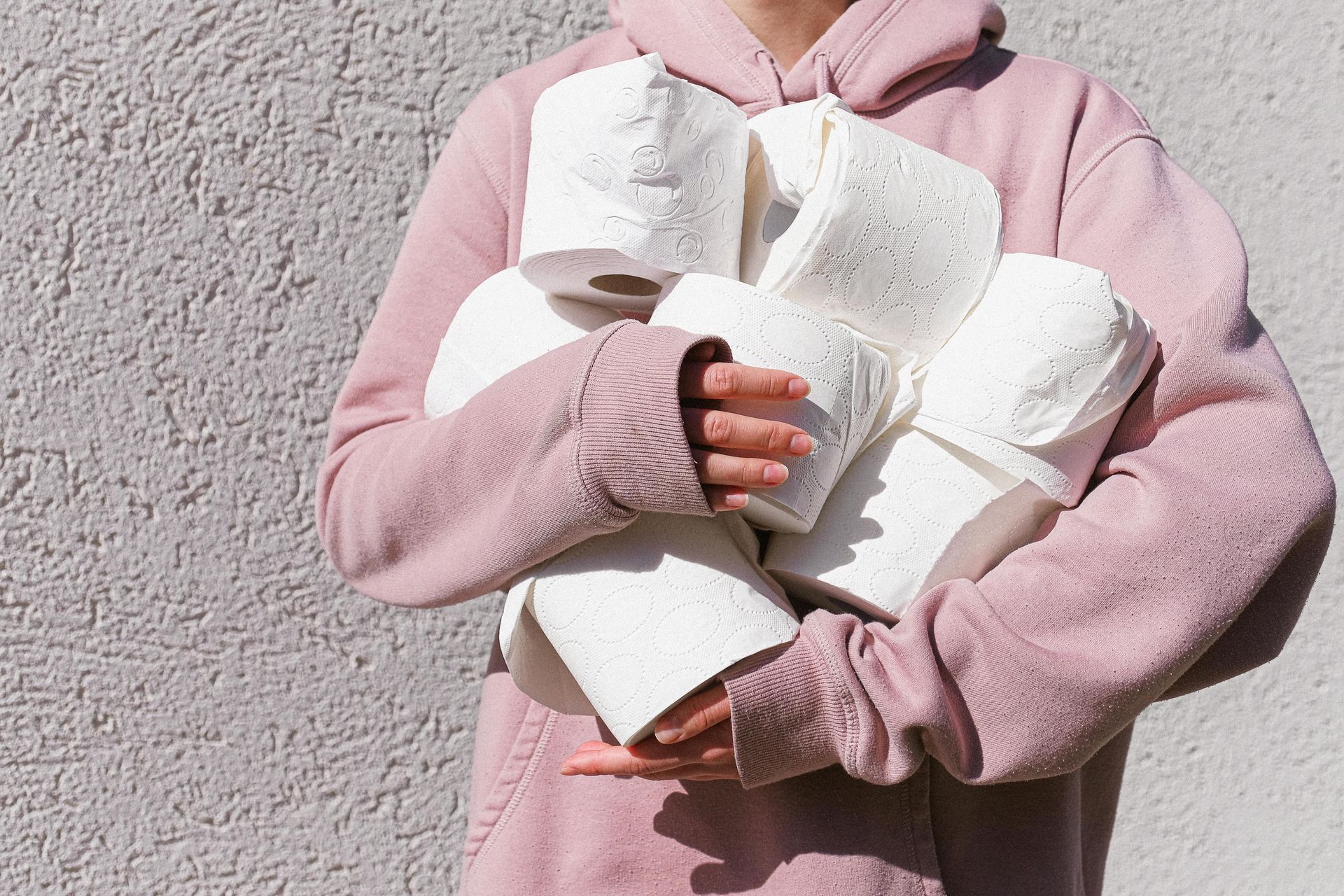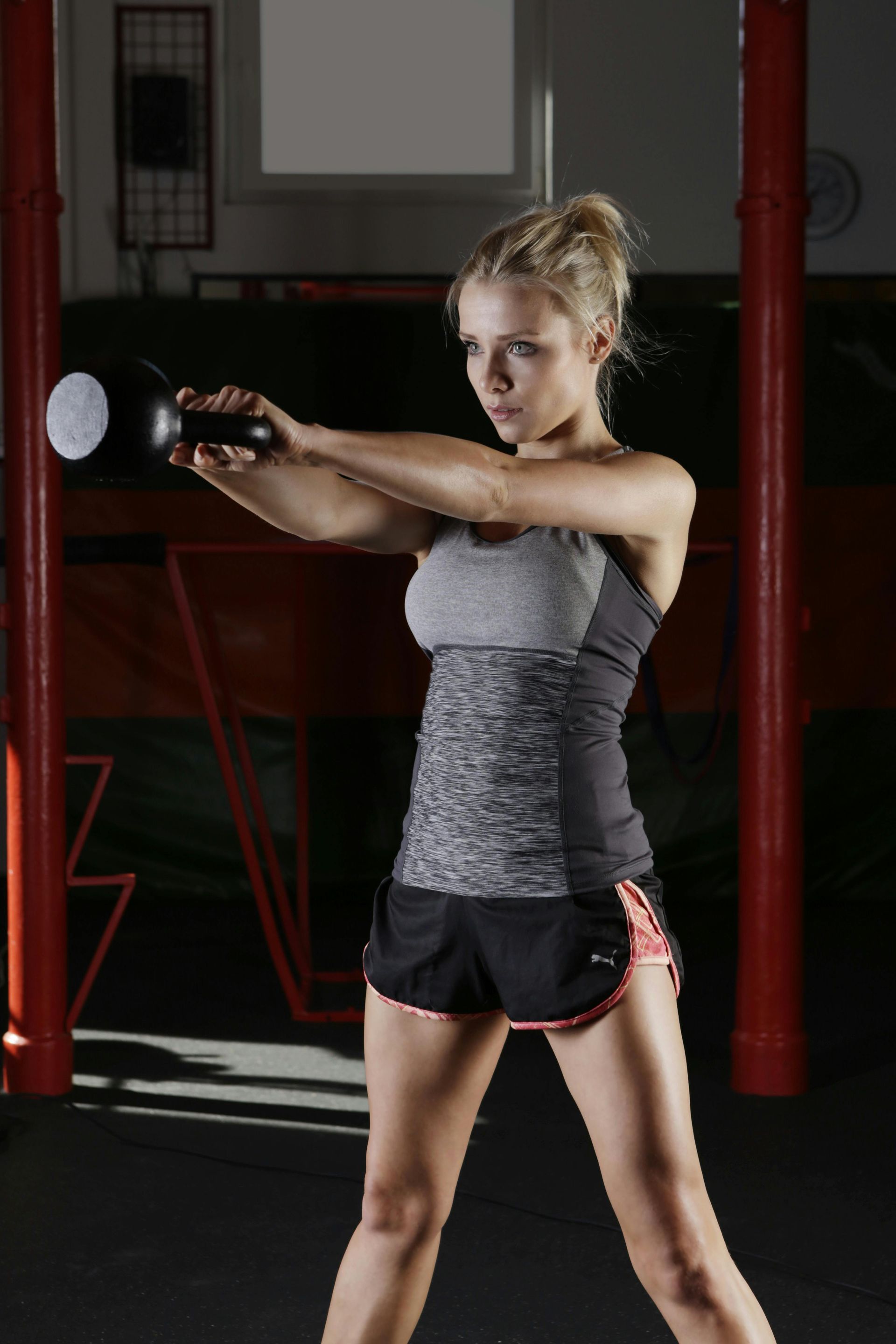The Best Stretch & Strength Work for Tight Calf Muscles
Jane Arlow • June 5, 2020
Done your releases? Ready for stretch and strength?
In my last post, I shared the anatomy of the calf, and how to do some self-myofascial releases for the calves and feet. Today we're all about mobility - aka, stretch and strength!
A random thing about our bodies is that they can't tell the difference between a joint (in this case, the ankle) being unstable as a result of overwork or as a result of not having enough strength. In both cases, the outcome is the same - the body tries to protect the unstable joint by creating a feeling of tightness that reduces the range of movement.
If you're a runner or do other regular high impact work, your calves are probably pretty strong already and you'll want to focus on stretching. But, if your tightness occurs as a result of sitting or standing in the same position all day (i.e weakness), then you'll also need to do some strengthening work.
Let's start with the stretches. And as with the releases, we'll start at the feet.
Seated toe flexor stretch (picture below):
Sit on a chair with your right ankle crossed over your left knee. Brace the right ankle with the right hand and place the fingers of the left hand along the bottom of the toes with the fingers pointing in the same direction as the toes. Use the fingers of the left hand to to push the toes of the right foot towards the knee. Make sure to brace the foot with a firm hold. If you want a firmer stretch, use the palm of the left hand to push. Repeat other side.
Standing toe flexor stretch (picture below):
This hits the same muscles, but in a standing position. Stand about 1-2 feet away from a wall. Keeping the heel of your right foot on the floor, step the foot towards the wall and press the bottom of the toes up against the wall. The ball of the foot should be no more than 1/2 inch off the floor. Lean forward and slide the ball of the foot slowly down, keeping the toes pressed against the wall. Ensure that the foot is parallel to the the floor and don't overstretch (i.e. do it slowly!). Repeat other side.
Standing plantar flexor stretch:
Stand upright on the edge of a stair or beam, with the right heel unsupported over the edge. Keeping the right leg straight and holding onto a support with one hand (e.g. wall), press the right heel down as far as possible. Hold for 10-20 secs and repeat other side.
Down dog:
This gets into the whole of the back of the body - calves, hamstrings, back and shoulders. Start in all fours. Step the legs back into a plank position, before pushing back through the arms and lifting the hips towards the ceiling. Without letting the arches of the feet or hands collapse, press the heels of both hands and feet down into the floor. By lifting the hips in opposition, the spine is lengthened at the same time as the backs of the legs. If you want to experiment a little, try crouching the knees down to the floor - you'll feel this stretch where the hamstrings meet the pelvis - then straighten the legs, pushing the heels back into the floor.
OK, now we're stretched, let's talk about strength!
It's pretty simple as it consists of lifting up and down onto tip toes in various different positions. In each exercise, make sure that as you lift up, you peel up from the heels, through the whole of the foot, to the ball and then peel all the way back down in the opposite direction. If you want to work a bit harder, hold a weight in each hand.
Standing calf raises:
Stand with your feet hip width apart. Inhale as you peel the feet up off the floor until you're on the balls of the feet and your toes. Hold for a count of three and then, with control, peel the foot back onto the floor while you exhale. Repeat 10x.
Elevated calf raises:
Stand on the edge of a stair or a beam, letting both heels hang out unsupported over the edge. Inhale as you peel up onto tip toes. Hold for a count of three then exhale as you lower your heels, letting them drop below the level of the stair/ beam (so you get a stretch too - double thumbs up!).
Squat calf raises (picture below):
The previous two exercises mostly hit the gastroc. So this one takes that out of the game to focus solely on the soleus. While holding onto something for balance, sink down into a squat so that your thighs are parallel to the floor and your knees are at 90 degrees. Chest stays lifted!! Inhale and while staying down in the squat, peel the feet off the floor until you are on the ball of the feet and toes. Hold for a count of three then exhale as you peel your feet back down and lower the heels to the floor. You can try this in different squat positions - feet at shoulder width or in a wide sumo squat.
Then that's it! Stretch and strength for calf muscles done! Drop me a comment below to let me know how it feels
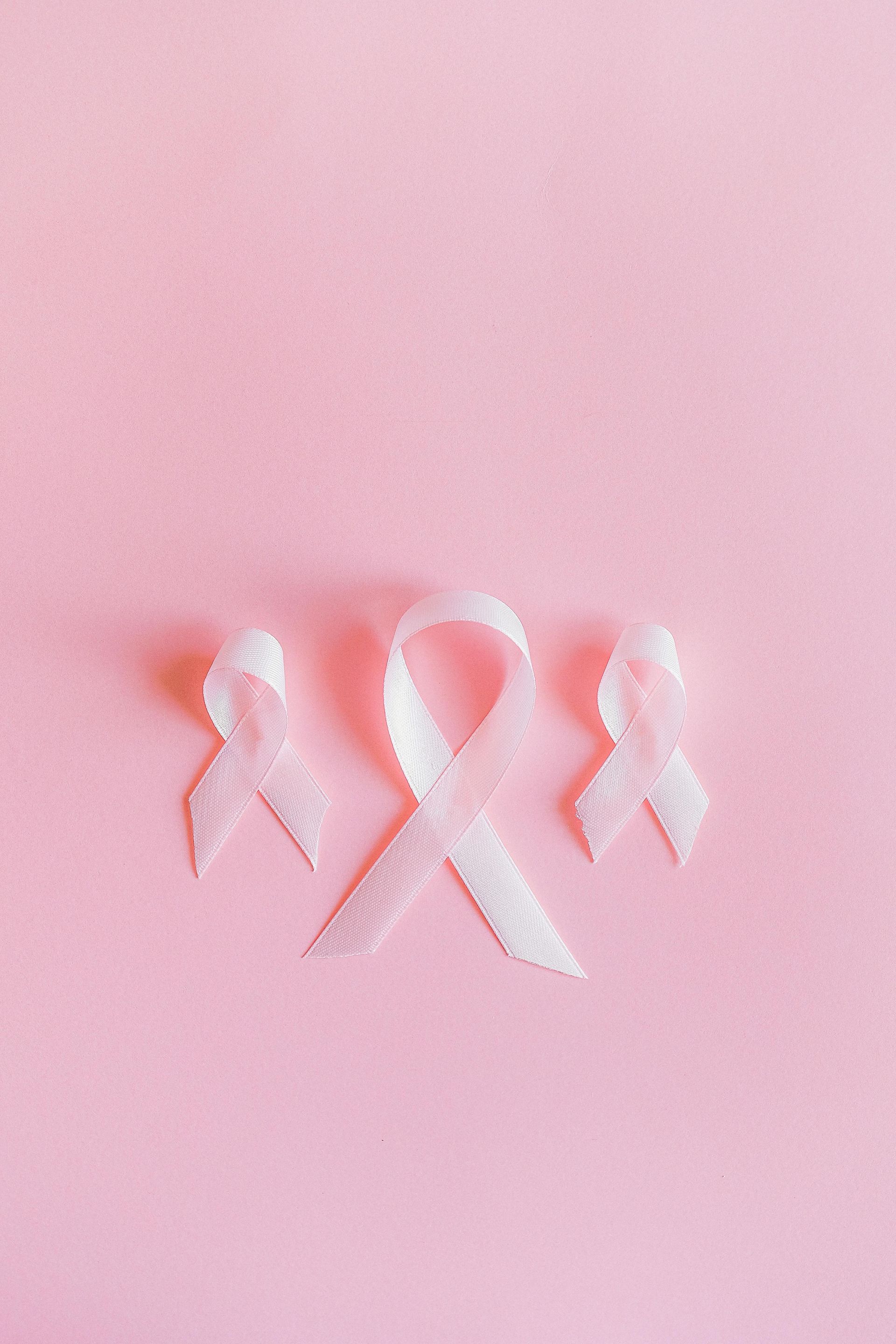
October's Breast Cancer Awareness Month and if you haven't done it recently, please let this be the nudge you need to give them a good feel up. Here 's a link to the NHS website below showing how to perform your check and what to look for. If you're one of my gentlemen readers, please don't think this doesn't apply to you. It does. Men can still get breast cancer. And if you find something that doesn't seem right, please contact your GP as soon as possible. 80-90% of lumps are likely to be benign, but for the small percentage of those that aren't, early detection and treatment are your best chances of having successful treatment and being around to annoy friends and family for a long time. Don't skip your mammogram I know having mammograms is really uncomfortable. But this is one of the best ways to check for cancers that aren't otherwise easily spotted. So if you get invited, please go. (And don't skip your smear test either!!!) Know your risk factors 1 in 7 women will get breast cancer in their lifetime. Here are some of the risk factors: - Age : older women are more likely to get breast cancer than younger women and age is the highest risk factor. - Genetics : Breast cancer risk is higher if you have first-degree relatives who've had it (although 85% of women with a relative with breast cancer WON'T get it). - Breast density (relates to the percentage of non-fatty tissue): the risk is highest for those with the most dense tissue. You can ask your radiographer to tell you whether you have dense tissue at your mammogram. - Lifestyle factors: These include having overweight or obesity, alcohol consumption, tobacco use and insufficient physical activity. - Exposure to endocrine disrupting chemicals: These "forever" chemicals, such as pthalates and parabens, show up in makeup and toiletries. Risk doesn't normally come from one exposure to one chemical, but from prolonged exposure to many different chemicals over a long period of time. You can read more about the risks here It's worth noting that even if you get a diagnosis, it's unlikely you'll ever know if there was "one thing" that caused it. What happens if you get a diagnosis of breast cancer? I am in no way competent to comment on the treatment plan your medical team recommend for you. Everyone I know who's had breast cancer has had a different treatment plan, depending on: the stage of cancer; whether it had spread further; whether it was hormone-receptive; whether it was due to genetic mutation; and the age of the woman. I do know that for all of us, it was a really scary time. You should be given access to resources outside of the surgical and oncology team, often via a Macmillan nurse, who can answer questions on topics from your treatment and reactions, to claiming for extra benefits. They're also great if you're not sure what questions to ask. While you're in the heat of the panic, it can be difficult to think clearly about what you need to know. Using "what should I be asking that I'm not?" is super helpful. Keep moving after your diagnosis, during and after treatment The one thing I can advise you on with all confidence, is to keep moving. Exercise is safe, possible and helpful for individuals with breast cancer, throughout the treatment cycle. In fact, international guidelines say you should try to get back to your normal activities as soon as possible. Exercise can help reduce the risk of cancer coming back; and may stop stage 1 cancers from growing further; and can also reduce treatment side effects like tiredness, cognitive impairment or lympoedema. Yes, you may need to dial back your usual activities if treatment leaves you feeling exhausted. But whenever you can, please aim for 150 minutes of exercise in every week. Many forms of treatment also lead to a higher osteoporosis risk, so please also do resistance-based and/or some impact-based exercise every week. I'd also recommend paying attention to shoulder mobility. Scar tissue and "guarding" of surgery sites can reduce your range of movement a lot. Check in with your medical team to confirm if there's any specific movements you should avoid during your treatment plan, and when you'll be signed off to go back to them. One last piece of advice someone else gave me... When you tell people you have cancer, a lot of them will have an opinion on your treatment plan. Especially if they're of the "my friend cured their cancer by just eating this one thing.." type. Unless this person is an oncologist, you can safely ignore them! So, what are you still doing reading this? Go off and give yourself a fondle!

